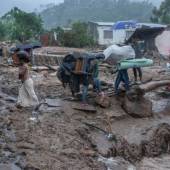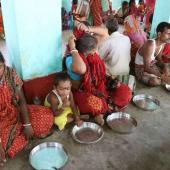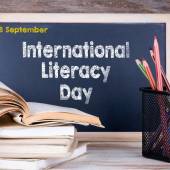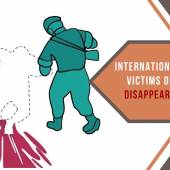International Day for Disaster Reduction
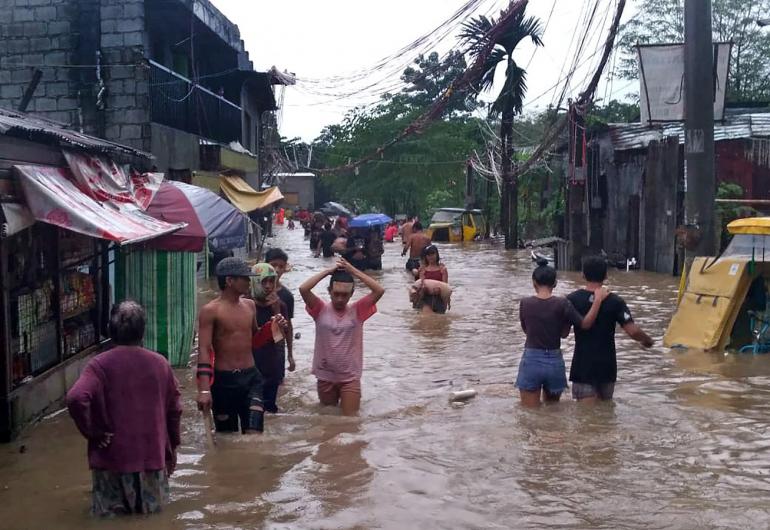
The International Day for Disaster Risk Reduction was started in 1989, after a call by the United Nations General Assembly for a day to promote a global culture of risk-awareness and disaster reduction. Held every 13 October, the day celebrates how people and communities around the world are reducing their exposure to disasters and raising awareness about the importance of reining in the risks that they face.
International days are occasions to educate the public on issues of concern, to mobilize political will and resources to address global problems, and to celebrate and reinforce achievements of humanity. The existence of international days predates the establishment of the United Nations, but the UN has embraced them as a powerful advocacy tool. Disasters induced by natural and technological hazards affect millions of people every year worldwide, but much of their impact can be reduced through pro-active measures and planning. UNESCO is engaged in the conceptual shift in thinking away from post-disaster reaction and towards pre-disaster action and helps countries build their capacities in managing disaster and climate risk.
Natural hazards are naturally occurring physical phenomena caused by either the rapid or slow onset of events having atmospheric, geologic and hydrologic origins on solar, global, regional, national or local scales. Disasters often follow natural hazards and they are a result of the combination of hazards, the conditions of vulnerability and of the insufficient capacity or measures to reduce the potentially negative consequences of the hazard. Disaster risk reduction is the concept and practice of reducing disaster risks through systematic efforts to analyze and reduce the causal factors of disasters.
This year's theme is: "Substantially reduce disaster damage to critical infrastructure and disruption of basic services, among them health and educational facilities, including through developing their resilience by 2030".
Many disasters can be avoided or prevented if there is a risk-informed approach to the development construction and maintenance of critical infrastructure, in order to ensure that the creation of new risk is avoided, and that critical infrastructure continues to function during and after a disaster. Given the high death tolls, notably in earthquakes and tsunamis, it is crucial that great care is taken to ensure that schools and hospitals are built to last by ensuring that location and hazard-appropriate planning regulations and building codes are enforced.
Radio Veritas Asia (RVA), a media platform of the Catholic Church, aims to share Christ. RVA started in 1969 as a continental Catholic radio station to serve Asian countries in their respective local language, thus earning the tag “the Voice of Asian Christianity.” Responding to the emerging context, RVA embraced media platforms to connect with the global Asian audience via its 21 language websites and various social media platforms.









